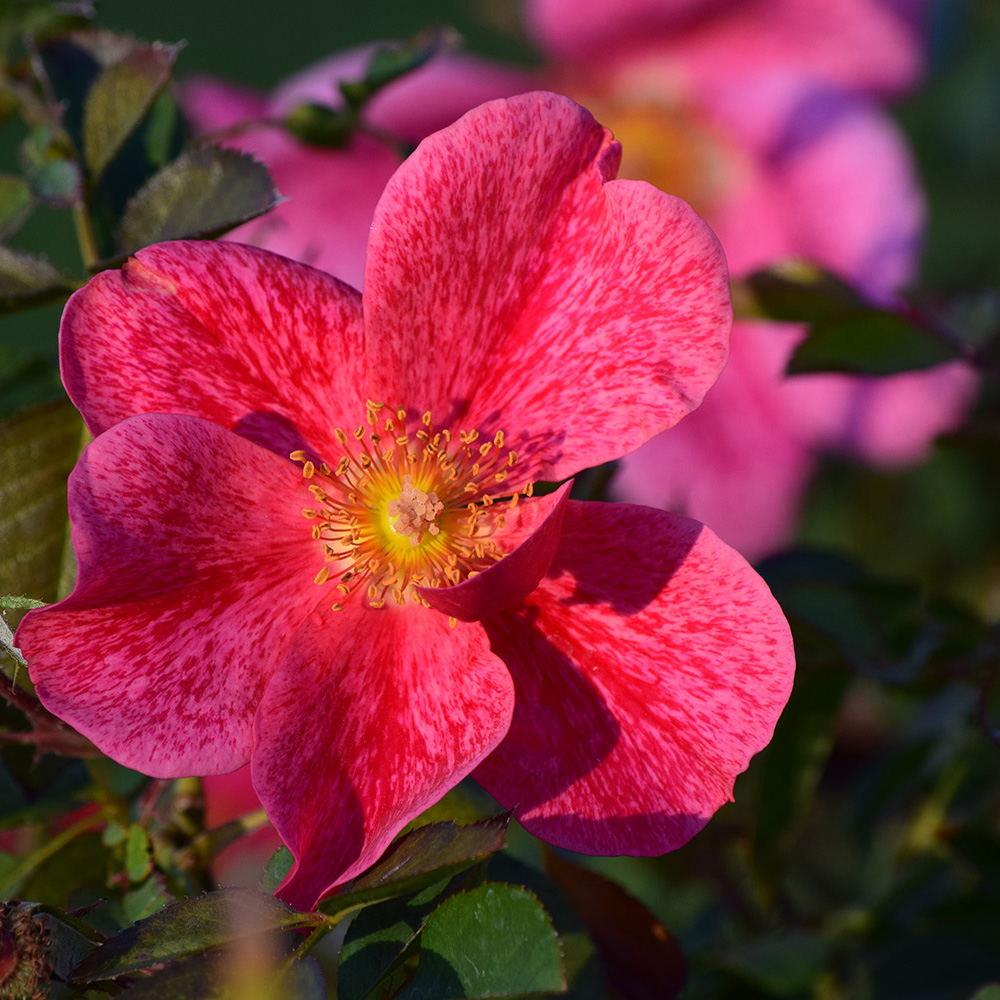
Any time you begin a landscaping project, one of your first considerations should be whether your desired trees or flowers are appropriate for your intended use of them. Poor placement can sometimes be remedied by moving the plant, but there isn’t a lot you can do about your climate. Therefore, it’s extremely important to choose plants that will survive and flourish in the temperatures and weather conditions to which they will be exposed.
In the 1960s, the US Department of Agriculture compiled information on weather records throughout the country. They used this data to compute the average coldest temperatures, and established 11 zones based on plant hardiness. If you’re considering a particular plant for your landscaping project, checking your USDA Zone is a good way to determine whether that plant would survive the temperatures in your climate. Most of the Temecula, Murrieta, Wildomar, Winchester, and surrounding areas are USDA Zone 9.
But of course, many factors aside from temperature can influence whether a plant survives. Over 40 years ago, Sunset Magazine created their own zoning system. Rather than basing the zones off of average temperatures only, the creators of Sunset Zones considered other factors such as:
- summer highs
- elevation
- rainfall
- humidity
- aridity
- growing seasons
- proximity to ocean or mountains
Because Sunset Zones were created using many different criteria, they are often considered to be more accurate and reliable than USDA Zones. For those of us in Southern California, Sunset Zones provide a more specific way to determine whether a particular plant will flourish in a given area. The Temecula Valley area most often falls within Sunset Zone 18. This information allows you to use their book (widely considered to be one of the best resources on plants) to identify which plants will thrive in your garden.
In short, USDA Zones simply tell you where a plant will survive the winter (but not if they will burn to death in the heat of the summer). Sunset Zones allow you to determine where that plant will thrive on a year-round basis. Since there’s more to life than merely surviving, we think it’s a good idea to check your Sunset Zone before beginning any landscaping project. For more information on any plants you’re considering, give us a call or stop by our nursery, and we’ll be happy to help.



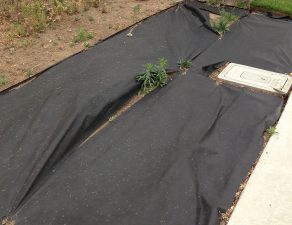
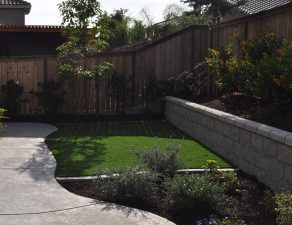
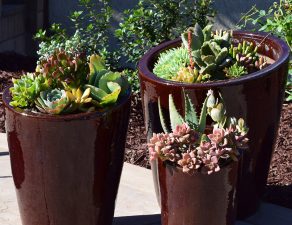
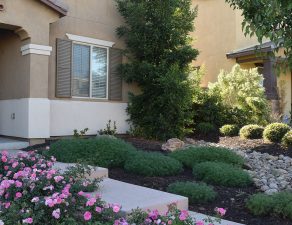
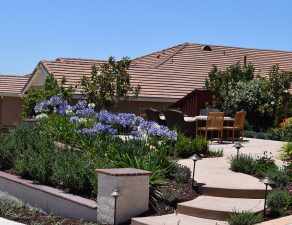
Write a comment: